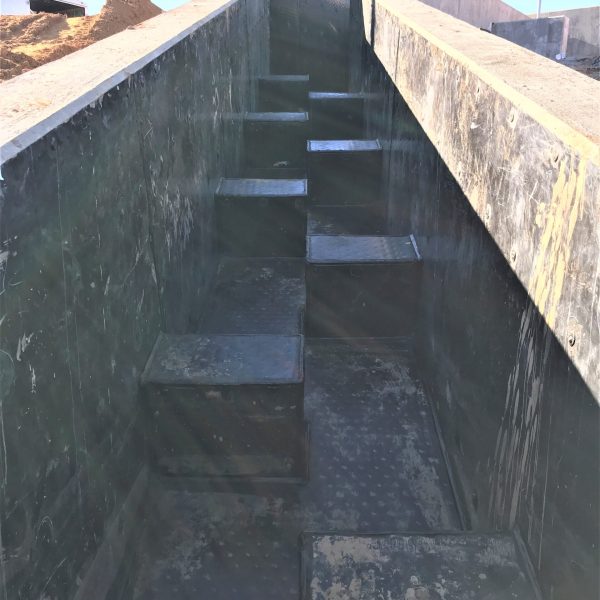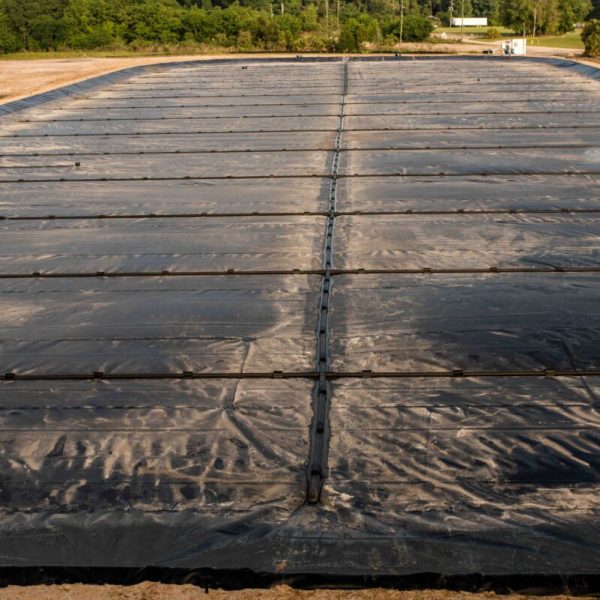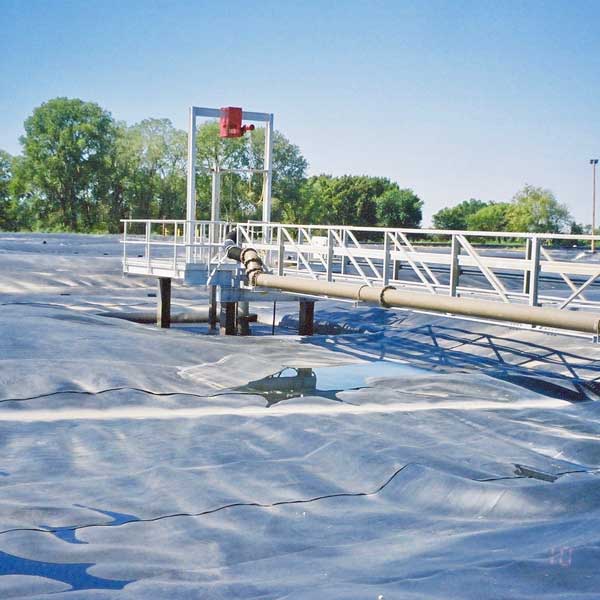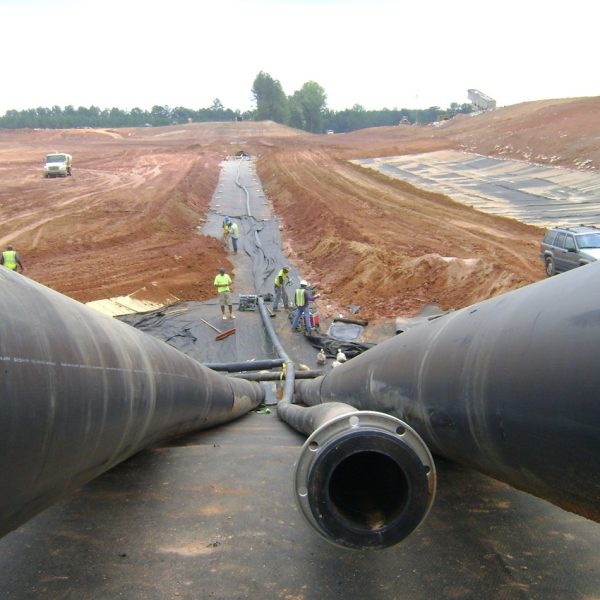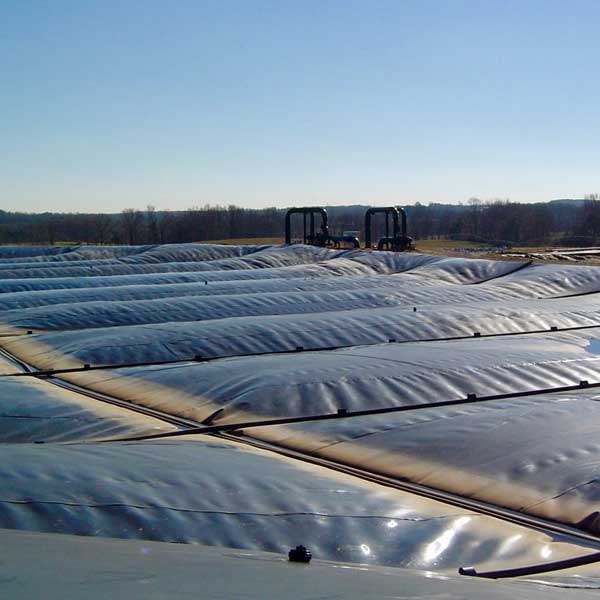Biogas Collection Covers
Plastic Fusion provides best-in-class installation for Biogas Collection Covers. We are a pioneer in anaerobic digester lagoons, with more than 40 years of experience, and our covers are designed and constructed for long-term functionality. PFF understands complex biogas projects and provides construction, repairs, and maintenance – including complete biogas containment systems.


















Concrete Protective Liners
Plastic Fusion is a leader in the installation of concrete protective liners in industrial tanks and storage facilities, wastewater treatment tanks, and chemical processing plants.
Liner Systems
Plastic Fusion has been installing geosynthetic containment systems for more than 40 years.
Piping Systems
Our custom fabricated piping systems meet even the toughest handling requirements. Materials offer long-term chemical resistance and environmental containment.
Anaerobic Digester Covers
We design and install HDPE cover systems for anaerobic digesters and are a pioneer in anaerobic digester lagoons for biogas collection and conversion to Renewable Natural Gas (RNG).
Biogas Collection Covers
Biogas collection covers are specialized coverings used in biogas production facilities, particularly at anaerobic digestion sites like wastewater treatment plants and agricultural operations. These covers are designed to capture biogas—a mixture of methane, carbon dioxide, and other trace gases—produced during the anaerobic digestion of organic material. By enclosing the digesters or lagoons, these covers prevent the escape of biogas into the atmosphere, thereby enhancing energy recovery and reducing greenhouse gas emissions.

Read more
What are Biogas Collection Covers?
Biogas collection covers are specialized membranes or covers used in anaerobic digesters to capture the biogas produced during the digestion process. These covers are essential in maintaining an optimal anaerobic environment and ensuring that the produced biogas, primarily composed of methane and carbon dioxide, is efficiently collected for use as a renewable energy source.How Do Biogas Collection Covers Work?
Biogas collection covers work by creating a sealed environment over the anaerobic digester. As organic waste breaks down in the digester, biogas is released and rises to the top. The cover traps this gas, preventing it from escaping into the atmosphere. The collected biogas can then be channeled through pipes to storage tanks or directly to generators for energy production.What Materials are Used in Biogas Collection Covers?
Biogas collection covers are typically made from durable, flexible materials like high-density polyethylene (HDPE), reinforced geomembranes, or other synthetic polymers. These materials are chosen for their resistance to UV rays, chemicals, and weather conditions, ensuring longevity and effectiveness in capturing biogas.What are the Benefits of Using Biogas Collection Covers?
- Increased Biogas Yield: By creating an airtight seal, these covers ensure maximum capture of biogas, which can then be used for energy production.
- Odor Control: Biogas collection covers help contain unpleasant odors associated with the anaerobic digestion process.
- Environmental Protection: By capturing methane, a potent greenhouse gas, these covers help reduce emissions and mitigate climate change.
- Economic Benefits: The captured biogas can be used to generate electricity or heat, providing a renewable energy source and reducing reliance on fossil fuels.
How to Install Biogas Collection Covers?
Installing biogas collection covers involves several steps:- Preparation: Ensure the anaerobic digester is properly constructed and ready for the cover installation.
- Cover Placement: Spread the cover over the digester, ensuring it fits securely and covers all openings.
- Sealing: Secure the edges of the cover to the digester structure to create an airtight seal.
- Gas Collection System Integration: Connect pipes and valves to the cover to allow for the controlled collection and transport of biogas.
- Inspection and Maintenance: Regularly check the cover for any damage or wear and perform necessary repairs to maintain its effectiveness.


